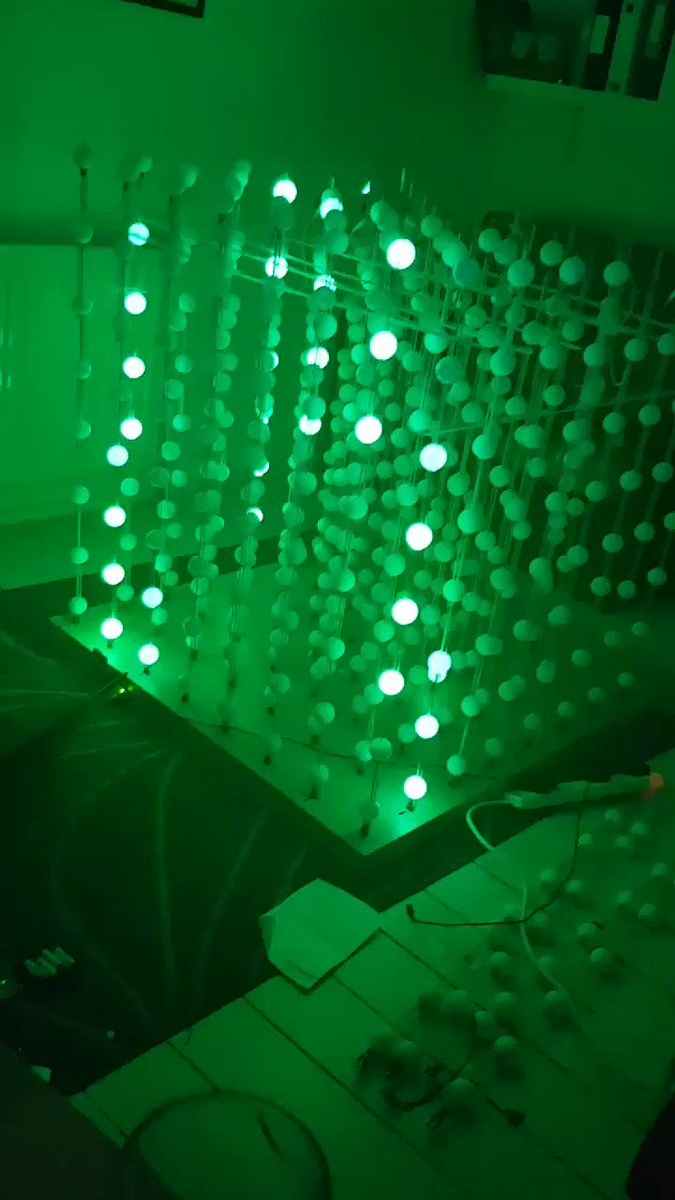

- Raspberry pi xscreensaver install#
- Raspberry pi xscreensaver software#
- Raspberry pi xscreensaver free#
Under Preferences, choose Add/Remove Software.
Raspberry pi xscreensaver software#
Or you can use the Add/Remove software tool in the graphical desktop environment if you prefer not to use the terminal.
Raspberry pi xscreensaver install#
You can install it from the terminal with the command: There is an excellent screensaver available that works just fine on the Pi called xscreensaver. Today, with LCD and LED monitors, screen savers aren’t really necessary, but they can be fun when your system is idle. This helped save CRT displays from “burn in” where the constantly displayed image became more or less permanent on display after hours. The idea is that rather than having a screen display that doesn’t change, you introduce some motion or color-changing effects onto the screen when the user was not busy with the computer. When monitors had cathode ray tubes, these were essential to prevent damaging your screen from having the same image displayed all day. Using a screensaverĪnother way to control screen blanking is by using a good old-fashioned screen saver.
Raspberry pi xscreensaver free#
Your settings will not take effect until you reboot, but you don’t have to do it right away if you’d prefer.Īre you a bit lost in the Linux command line? Check this article first, for the most important commands to remember, and a free downloadable cheat sheet so you can have the commands at your fingertips. Finally, select finish from the main menu.Select No on this screen, then press enter again at the ok prompt.Navigate to the 4 th line, Screen Blanking:.It will bring up the terminal version of the preferences settings, and you can use the arrows to navigate to Display Options, and press enter. If you’d prefer to use the command line, you have several options, depending on how detailed you want to get.

We call this a DPMS (Display Power Management System).ĭPMS has 3 values that can be set, suspend time, hibernate time and off time. The feature is available on a fresh installation of Raspberry Pi OS, but it’s turned off by default. The hardware is either on or off, but it does not go into a power save or sleep mode as you would see on a more complete system. Strictly speaking, the Raspberry Pi does not have a sleep mode as we would see on a desktop or laptop computer. Get all the information on this page if you are interested. You’ll also do your first project with me, just to make sure you are ready for the next level. I’ll help you use the perfect hardware, plug everything in and install your first system. If you need help getting started on Raspberry Pi, I have an entire course to guide you through your first steps. Read on for more info and step-by-step instructions to prevent screen blanking! There are other ways to accomplish this, including installing a screensaver, which can be done without using the terminal. To quickly disable screen blanking, use the raspi-config utility through the terminal and turn it off in the Display Options section. Raspberry Pi doesn’t have a sleep mode, but it does utilize screen blanking which is very similar. Fortunately, there are several methods to prevent this, which I will share in this article. This black screen can cause some necessary anxiety, especially during software updates and other long processes. Don’t worry, there’s no need to be alarmed. When you first set up a Raspberry Pi, it’s very scary for the screen to suddenly just go black.


 0 kommentar(er)
0 kommentar(er)
